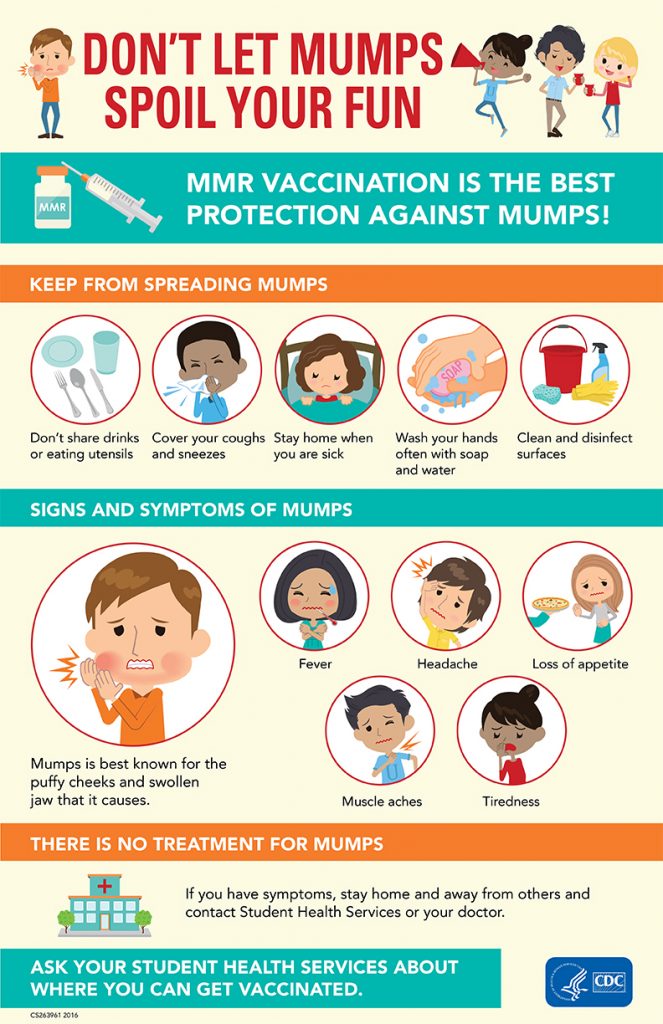Kansas State University officials reported that as of Friday, there has been 15 cases of mumps during the spring 2017 semester.

The Kansas Department of Health and Environment (KDHE) is using the term outbreak to describe the situation since all of the cases have occurred in the Manhattan area and are within a period of time of each other. The university is directly notifying anyone who may have been in close contact with the students.
In an effort to prevent and minimize additional cases, KDHE is recommending a third dose of measles-mumps-rubella, or MMR, vaccine for close contacts of known cases. Lafene Health Center has the MMR vaccine available.
According to the Centers for Disease Control and Prevention, symptoms for the mumps include fever, headache, muscle aches, tiredness, loss of appetite and swollen and tender salivary glands under the ears on one or both sides. It is spread from respiratory droplets, which are transmitted by sneezing and coughing.
Students with symptoms — even if they have received two measles-mumps-rubella, or MMR, vaccinations — should call Lafene Health Center during regular hours at 785-532-6544 and ask for a nurse before they visit the health center.
The university’s Lafene Health Center is working with the Riley County Health Department and the Kansas Department of Health and Environment to provide information to the Manhattan campus and surrounding community about the symptoms of mumps, how it is transmitted and how to prevent the spread of this infection.
As of Apr. 1, Kansas state health officials have reported 97 mumps cases.
Related:
- Plum Island’s move to Kansas: ‘This research facility is an accident waiting to happen’
- Donate Life Month: Organ and tissue donation
- Hantavirus death reported in New Mexico
- Syphilis: Eight out of 10 cases in US men are MSM
- Lisbon: Free hepatitis A vaccines offered in response to outbreak
- North Dakota reports big increases in HIV, gonorrhea and syphilis
- Transplanting Plum Island to Kansas: is the country’s food supply at risk?


One thought on “Kansas State University mumps outbreak rises to 15 cases”